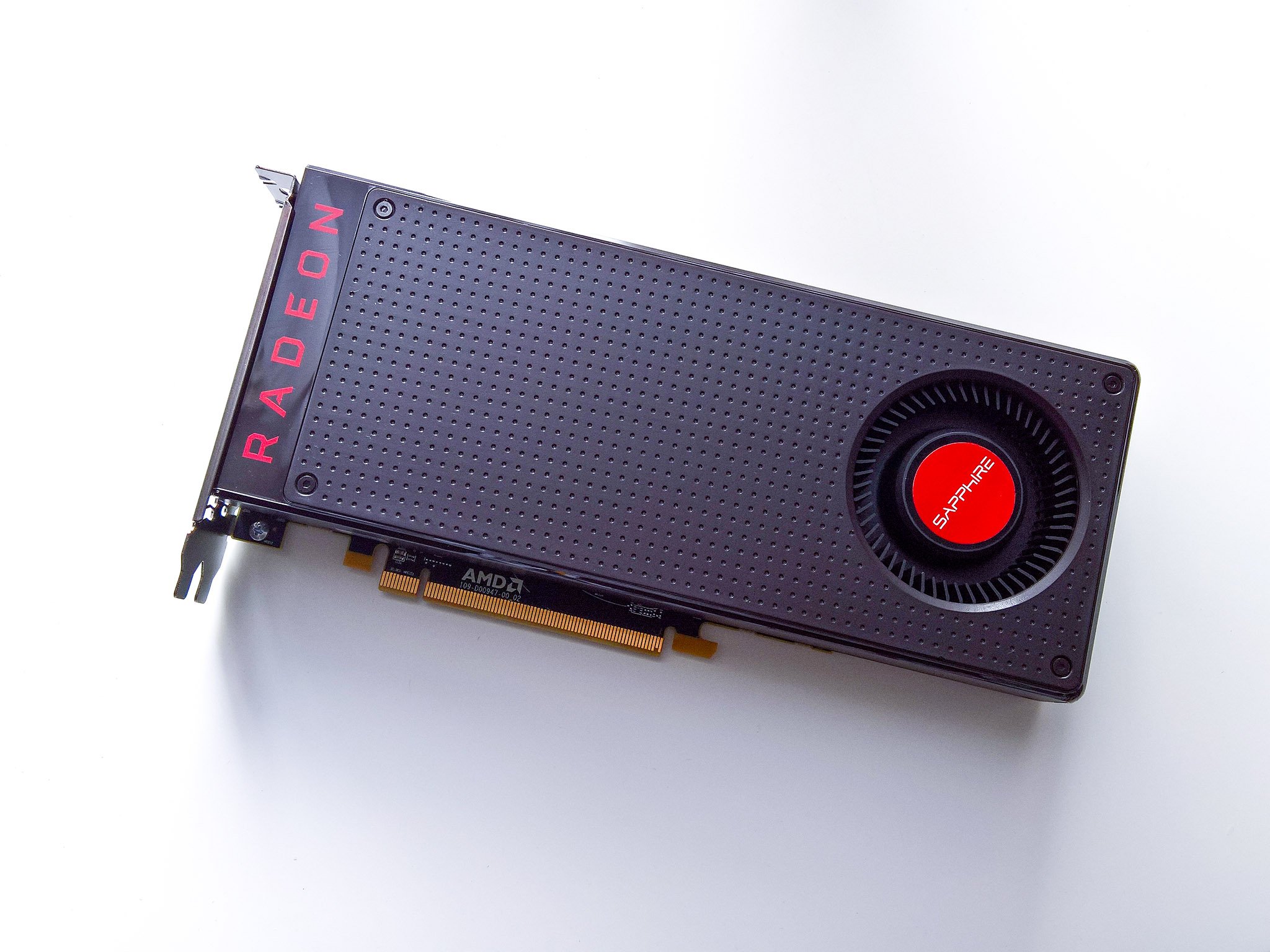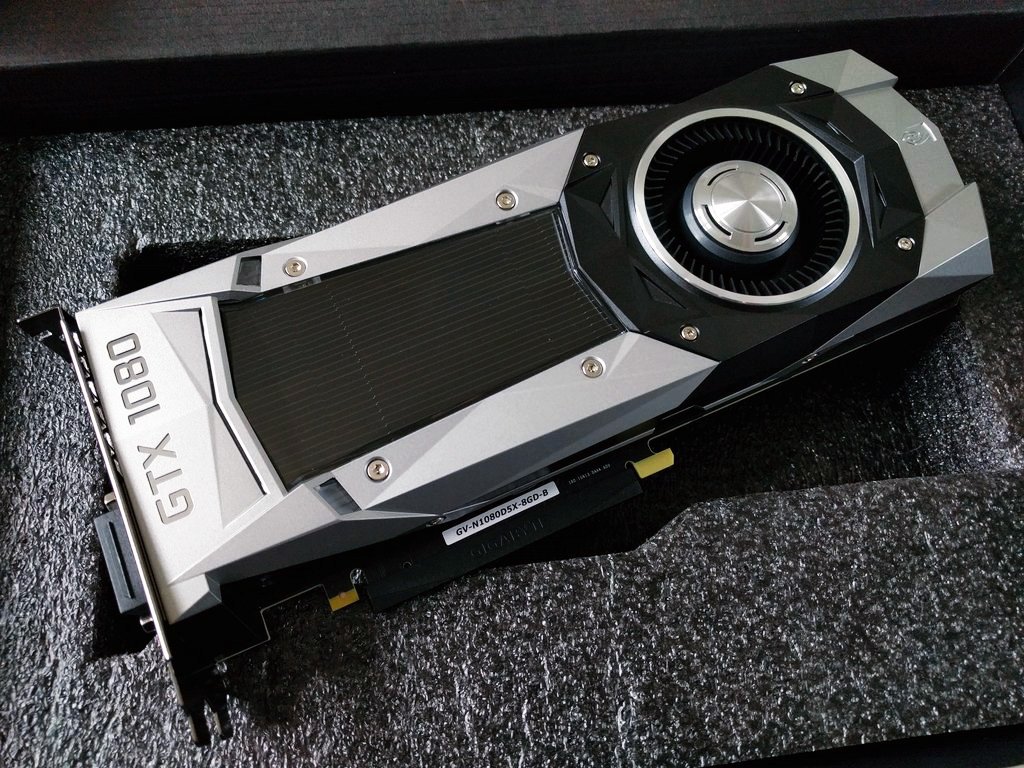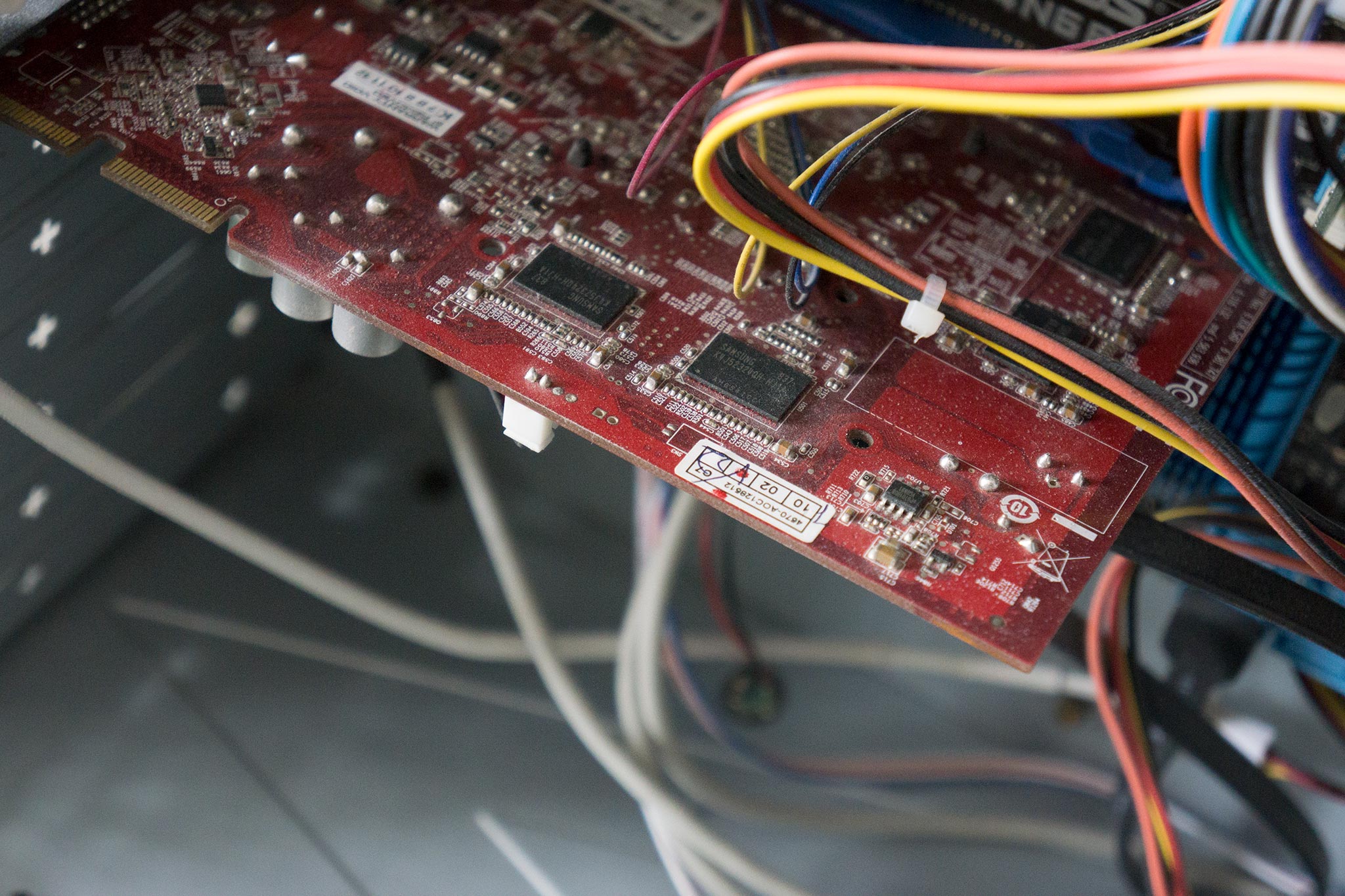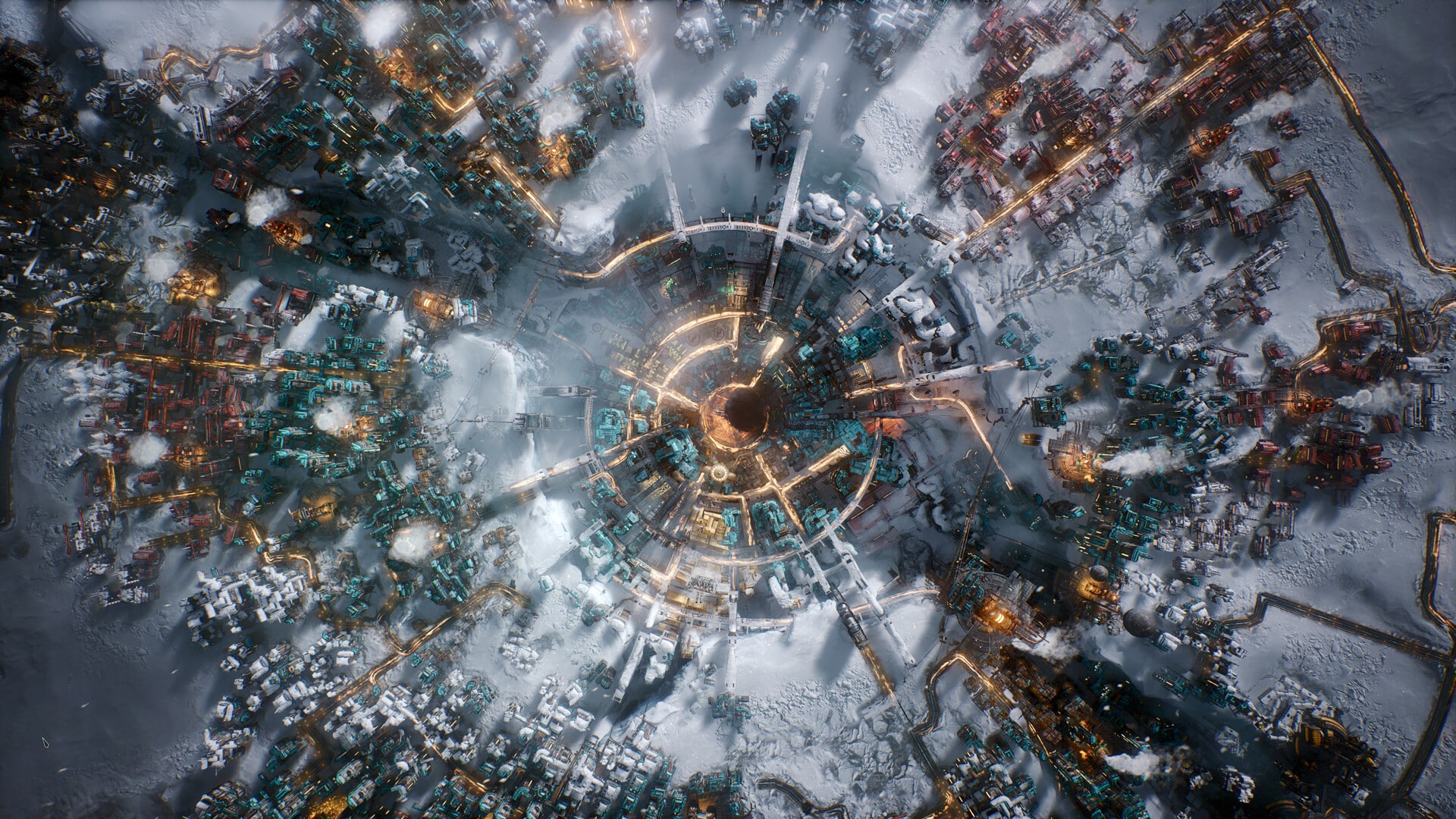

Anyone who has shopped around for a gaming rig knows that the graphics card (GPU) is arguably the most important thing to consider. Without an appropriate graphics card for the games you want to play, you'll be stuck with sub-par graphics and an overall disappointing experience.
Buying a gaming laptop adds a bit of intricacy to the buying process. You might have heard that an NVIDIA GTX 980 is a powerful GPU — it can even run VR — and this laptop says it has a GTX 980M within. You buy the laptop, get it home, and realize you can't play a recent game on ultra settings. What gives? Let's explore the difference between laptop (M) and desktop GPUs.
The difference between laptop and desktop GPUs

Consider the amount of space in a laptop PC against the amount of space in a desktop PC — there's simply way less room in a laptop, even a bulky gaming laptop.
This lack of room has traditionally called for a different graphics card than one designed for a desktop. NVIDIA, up until their latest 10-series cards, names these graphics cards something similar and just adds an M to the number. AMD does something similar with their desktop and laptop GPUs.
While the architecture of the laptop and desktop GPU are the same, that's about where the similarities end. If you compare the AMD Radeon R9 380 with the AMD Radeon R9 M380, you're going to get roughly half as much performance out of the mobile version as you would the desktop version. These specs from GPUBoss tell the tale:
| Category | AMD Radeon R9 380 | AMD Radeon R9 M380 |
|---|---|---|
| Memory bandwidth | 176GB/s | 96GB/s |
| Clock speed | 970MHz | 900MHz |
| Shader units | 1792 | 768 |
| Texture mapping units | 112 | 48 |
| Video composition | 97.9 frames/s | 47.87 frames/s |
| Pixel rate | 31.04 GPixel/s | 16 GPixel/s |
| Compute units | 28 | 12 |
| Render output processors | 32 | 16 |
| PassMark score | 5600 | 3047 |
Even if you're unsure what pixel rates and texture mapping units really mean, it's clear the R9 380 without an 'M' in its name crushes its mobile counterpart.
The same can be said for last-generation NVIDIA 9-series GPUs. Again with specs from GPUBoss, it's clear that the battle between the GTX 980 and the GTX 980M is won by the desktop version:
Get the Windows Central Newsletter
All the latest news, reviews, and guides for Windows and Xbox diehards.
| Category | NVIDIA GeForce GTX 980 | NVIDIA GeForce GTX 980M |
|---|---|---|
| Memory bandwidth | 224.4GB/s | 160.4GB/s |
| Clock speed | 1753MHz | 1253MHz |
| Shader units | 2048 | 1536 |
| Texture mapping units | 128 | 96 |
| Texture rate | 136.2 GTexel/s | 99.6 GTexel/s |
| PassMark score | 9712 | 5596 |
Again, it's clear the laptop version, named the same other than the 'M' on the end, suffers when compared to the desktop GTX 980.
The future of GPUs
NVIDIA's new 10-series GPUs, the GTX 1050, GTX 1060, GTX 1070, and GTX 1080, have dropped the 'M' from the end of the number when designed for a laptop. Why? You can expect almost the same performance from both versions.

For example, both GTX 1080s have 8GB of GDDR5 VRAM and 2560 CUDA cores. The main difference is in the clock speed, where the laptop GTX 1080 comes in just under the desktop version. While performance isn't completely on par with desktop versions, you shouldn't see anything more than about a 5-10% difference.
This is good news for fans of gaming laptops, as you won't have to sacrifice performance or lug around an external GPU with you when you take a trip.
Which should you buy?
Whether or not you buy a laptop or desktop for gaming really depends on what games you want to play and how much money you want to spend. Laptops are generally more expensive than their desktop brethren (though that gap has been closing over the years), but obviously more portable.
Before you pull the trigger on a new laptop, be sure to check out whether or not it has a laptop GPU, and, if it does, make sure you compare it to the desktop counterpart.
If you'd like a more extensive guide on buying a GPU, head over to our best graphics card collection for help with choosing the right hardware.

Cale Hunt brings to Windows Central more than eight years of experience writing about laptops, PCs, accessories, games, and beyond. If it runs Windows or in some way complements the hardware, there’s a good chance he knows about it, has written about it, or is already busy testing it.
